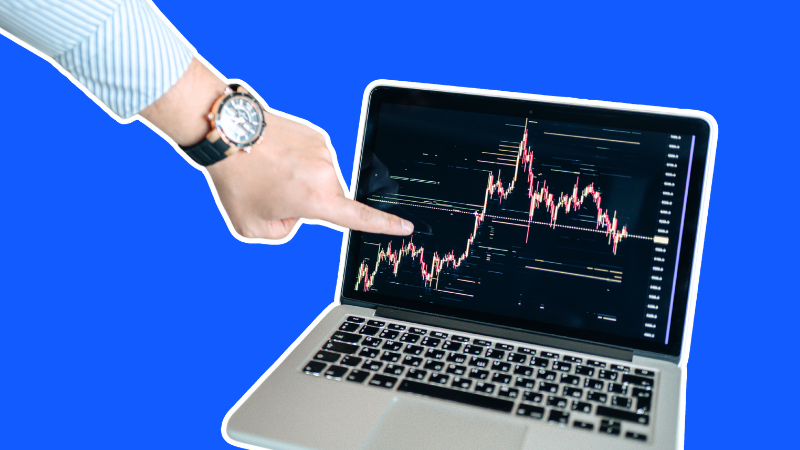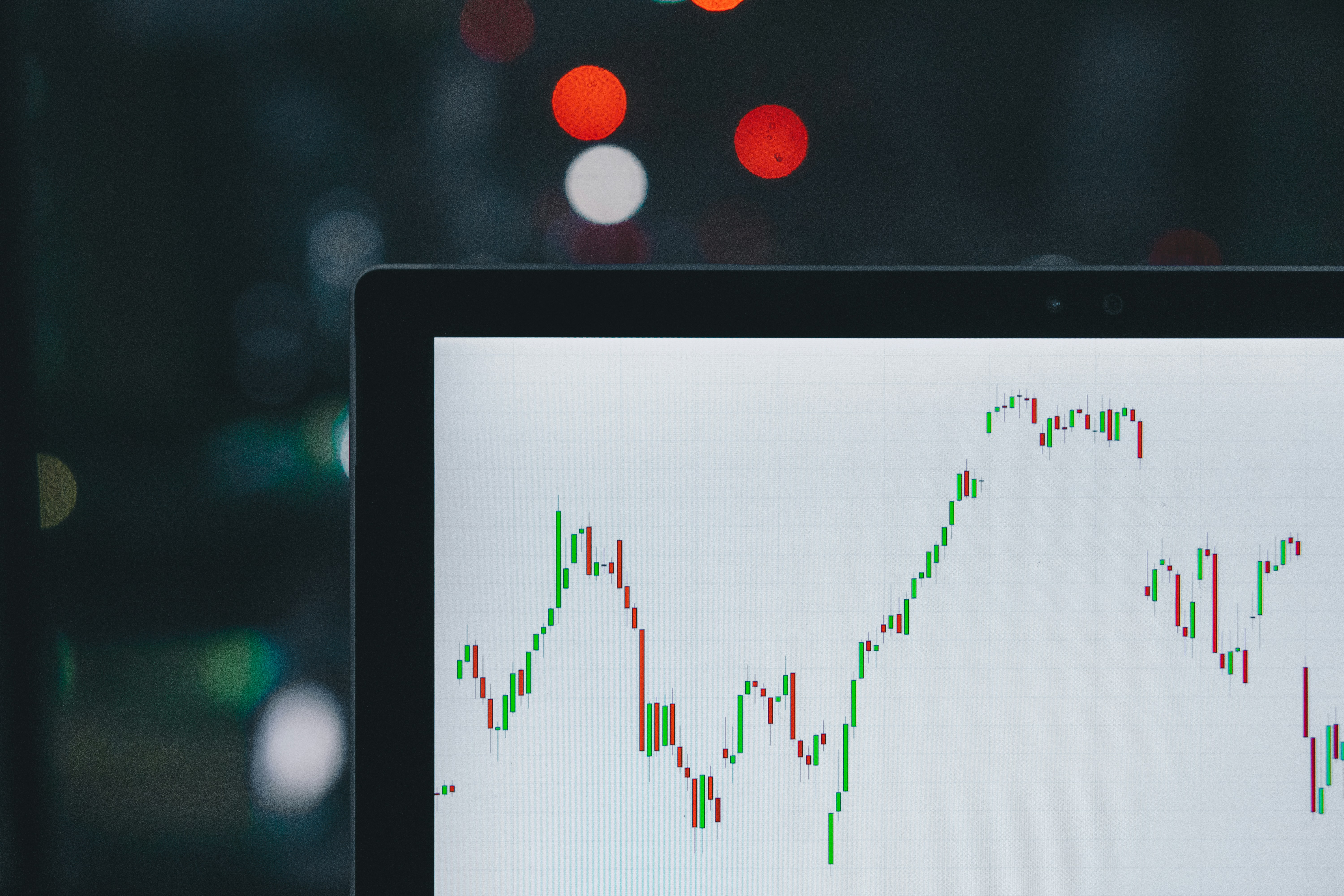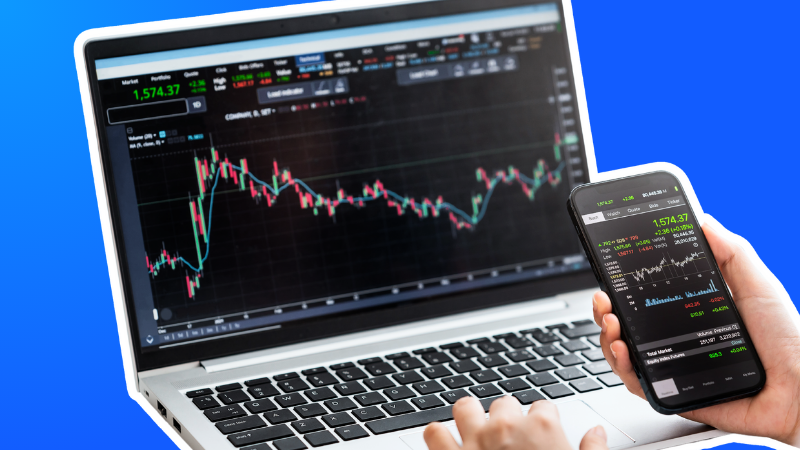
Quantitative trading, often shortened to "quant trading," has become a cornerstone of modern financial markets. Behind this highly technical approach to trading are quantitative trading firms—specialised financial institutions that use sophisticated mathematical models and algorithms to trade financial assets. These firms have gained prominence for their ability to generate consistent returns by leveraging data, technology, and advanced strategies.
In this blog post, we’ll dive into what a quantitative trading firm is, how it operates, and why it plays a critical role in the global financial landscape.
What is a Quantitative Trading Firm?
A quantitative trading firm is a financial institution that uses quantitative methods—mathematical models, statistics, and algorithms—to make trading decisions. Instead of relying on human intuition or traditional fundamental analysis, quant trading firms utilise data-driven strategies to identify patterns, trends, and inefficiencies in the market.
The key characteristics of a quantitative trading firm include:
- Algorithm-driven trading: Trades are executed by algorithms that process massive amounts of data at high speed, often without human intervention.
- Data analysis: Firms analyse historical market data and other financial metrics to make predictions and identify profitable trading opportunities.
- Automation: Quant firms often rely on fully automated systems to carry out trades with minimal delay, capitalising on short-term market fluctuations.
These firms often operate in high-frequency trading (HFT), where transactions are executed in microseconds, but they can also engage in medium to long-term strategies based on statistical arbitrage, market-making, or trend-following.
How Does a Quantitative Trading Firm Work?
Quantitative trading firms operate through a series of systematic processes, driven by technology and data science. Here’s a breakdown of how they work:
1. Data Collection and Analysis
Quantitative trading firms begin by gathering vast amounts of financial data, including price movements, trading volumes, and historical market performance. They also integrate external data sources, such as economic indicators, news sentiment, and even weather patterns, which could influence market conditions.
Once the data is collected, quants (the mathematicians, data scientists, and engineers who work at these firms) analyse it using statistical models. The goal is to uncover patterns, trends, and anomalies that traditional traders might miss.
2. Developing Trading Algorithms
The core of a quantitative trading firm’s operations is the creation of trading algorithms. These are mathematical models designed to execute trades based on pre-defined conditions. Algorithms can range from simple strategies, like identifying price discrepancies between related assets (arbitrage), to highly complex strategies that involve machine learning and artificial intelligence.
Algorithms are tested extensively using historical data to ensure they perform as expected. This process, known as backtesting, allows firms to simulate how their strategies would have fared under past market conditions.
3. Execution of Trades
Once the algorithms are ready, they are deployed in live markets to execute trades. In many cases, these trades happen in milliseconds, thanks to the use of high-frequency trading (HFT) systems. Speed is crucial in quantitative trading, especially for firms focused on short-term gains, as market inefficiencies may only exist for a fraction of a second.
Trades are automatically executed based on the algorithm’s instructions, with minimal human intervention. The systems can process thousands of trades in a single day, optimising profitability while minimising risks.
4. Risk Management
Effective risk management is essential for quantitative trading firms, given the complexity and volume of trades they execute. Firms employ advanced techniques like Value-at-Risk (VaR) calculations, stress testing, and real-time monitoring to ensure that their strategies do not expose them to excessive market risk.
Algorithms are constantly adjusted to account for changing market conditions, and firms often set strict stop-loss parameters to limit potential losses on individual trades.
5. Performance Evaluation and Optimisation
After a trading session, firms evaluate the performance of their algorithms. They assess profitability, execution efficiency, and any potential risks encountered during trading. This feedback loop is critical for optimising the algorithms and strategies over time.
Performance is often measured by key metrics like Sharpe ratio, which evaluates risk-adjusted returns, and Alpha, which indicates the performance of the strategy compared to a benchmark index.
Types of Strategies Employed by Quantitative Trading Firms
Quantitative trading firms use a variety of strategies, depending on their approach and market focus. Some of the most common strategies include:
1. Statistical Arbitrage
This strategy involves exploiting price differences between related financial instruments. By identifying mispricings, the firm can buy the undervalued asset and sell the overvalued one, profiting when prices realign.
2. Market Making
Market makers provide liquidity by continuously buying and selling a security. Quant firms operating as market makers aim to profit from the bid-ask spread, executing trades at prices that benefit them in fast-moving markets.
3. High-Frequency Trading (HFT)
HFT strategies capitalise on small price movements in the market, executing trades at lightning speed. These firms rely heavily on cutting-edge technology, including low-latency networks, to execute trades before competitors can react.
4. Trend Following
This strategy involves identifying market trends and trading in the direction of those trends. By using historical data, quantitative firms can determine when a security’s price is likely to move in a consistent direction and place trades accordingly.
5. Mean Reversion
Mean reversion strategies assume that asset prices will revert to their historical average. Quant firms identify deviations from the norm and trade with the expectation that prices will return to their mean.

Why Are Quantitative Trading Firms Important?
Quantitative trading firms play a crucial role in today’s financial markets. By providing liquidity, reducing bid-ask spreads, and improving market efficiency, these firms contribute to the smooth functioning of global markets. Additionally, their data-driven approaches help mitigate the emotional biases that can affect traditional traders.
Quantitative trading firms are at the cutting edge of finance, blending mathematics, technology, and data science to make informed, automated trading decisions. By using sophisticated algorithms and risk management strategies, these firms can capitalise on market opportunities faster and more efficiently than traditional traders. Whether through high-frequency trading, statistical arbitrage, or trend following, quantitative firms continue to reshape the financial landscape by leveraging the power of data.
If you want to be part of one of these exciting firms, check out our live roles in Quantitative Research & Trading and apply today!






